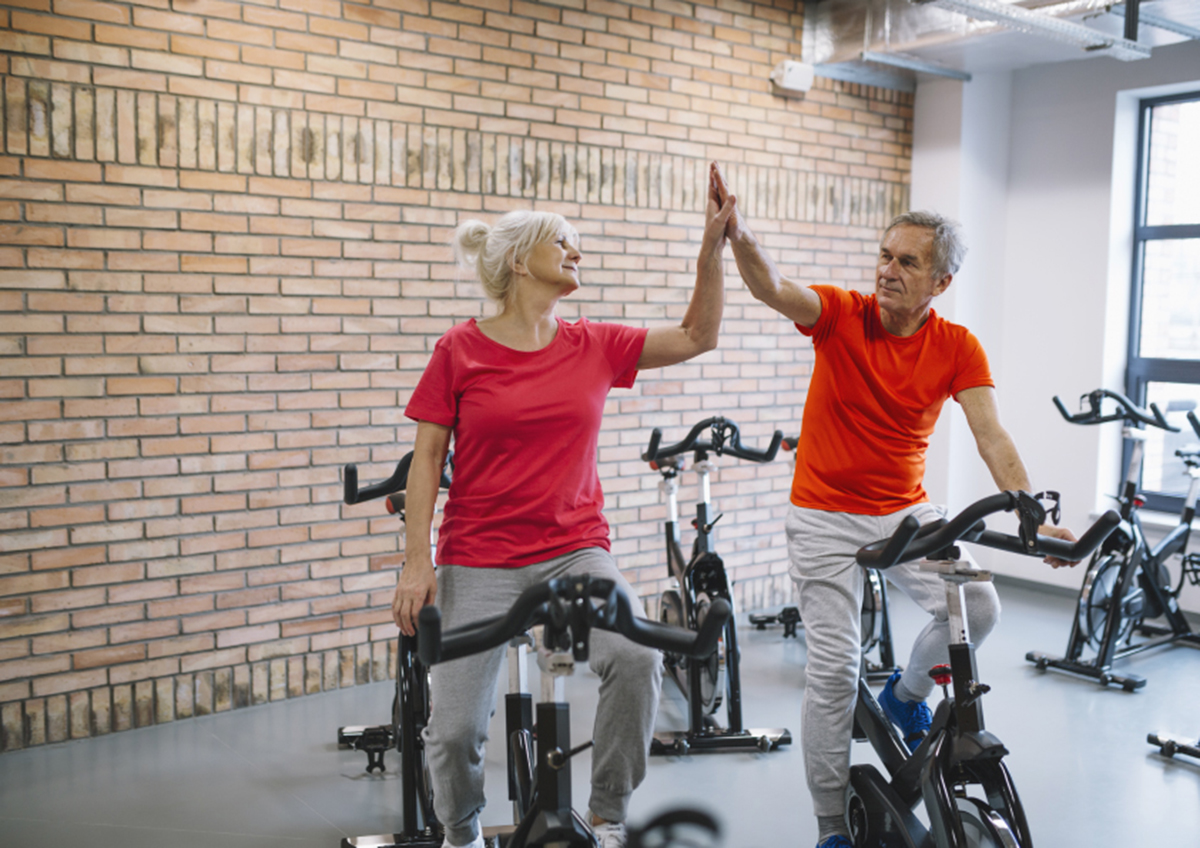Seven to 10 million people across the glove are estimated to be living with Parkinson's Disease. This devastating movement disorder gradually leads the dopamine-producing nerve cells in the brain — or more specifically, a portion of the brain called the substantia nigra — to become lost, while abnormal, folded, proteins accumulate.

This progressive disorder won't cause symptoms until a lot of damage has already been done; the first signs typically set in when 50 to 80 percent of the dopamine-producing nerve cells are already gone. At that point, the symptoms can be quite extensive, and worsen over time, which is signified by the five stages of Parkinson's Disease. The most common Parkinson's Disease symptoms include those that affect the patient's ability to move, as well as other aspects of their life, and they include:
- Tremor, which is by far the most well-known symptom of Parkinson's Disease. The tremors typically affect an extremity or the facial muscles, and occur on one side before gradually spreading to become bilateral.
- Stiffness is another feature of the disease. Older patients first attribute this to the normal aging process.
- Both large physical movements, like walking, and facial expressions become "slowed".
- Balance and coordination are affected, too, and Parkinson's Disease patients often develop a characteristic "shuffling gait".
- The loss of the patient's sense of smell, anxiety and depression, chronic fatigue, excessive sweating, and urinary tract issues are some of the non-motor signs of Parkinson's Disease.
Diagnosing Parkinson's Disease is a complex process. Once diagnosed, however, Parkinson's Disease is managed with a trusted set of medications. They include carbidopa/levodopa, dopamine agonists such as Rotigotine and Apomorphine, and Catechol-O-methyltransferase (COMT) inhibitors like Comtan, which make levodopa, more effective. While these medications can greatly improve the quality of life someone with Parkinson's Disease can have, they also cause side effects of their own — and sometimes, those side effects are debilitating. Despite the many different treatment options for Parkinson's Disease, it is never an easy path.
1. Regular Exercise
As Parkinson's Disease progresses, patients' ability to engage in the tasks they previously tackled without a second thought becomes impaired — and it's only normal for people living with Parkinson's Disease to avoid exercise as it becomes harder. However, regular exercise is crucial, in that it helps to counteract many of the symptoms:
- Gentle exercises can give patients more flexibility and less stiffness, as well as better coordination.
- Exercise helps to preserve muscle mass.
- Exercise also lifts the mood, and therefore reduces the risk of depression.
Patients who aren't sure what exercises are suitable for them should talk to their doctor or physical therapist. Loved ones can support people living with Parkinson's by offering to exercise together, such as going for a short walk or going swimming.
2. Diet
Contrary to some claims, there definitely isn't a single "Parkinson's Disease diet" that will magically make everything better — and Parkinson's isn't cause by a poor diet. However, nutritional choices definitely play a role in anyone's physical and mental health. People with Parkinson's Disease can strategically use dietary choices to attempt to improve their symptoms, or prevent them from worsening.
Drinking plenty of water can counteract a dry mouth, for instance, and ensuring that medications are taken with food helps to prevent avoidable side effects. Many different kinds of nuts can help to improve cognitive health. Nutritional supplements, including calcium supplements, can also be very important.
3. Preventing Falls
People with Parkinson's Disease become vulnerable to falls, sometimes with devastating consequences. A fall prevention strategy can include practical alterations around the home, such as guardrails to hold onto, as well as physical training. Walking heel-first offers more stability and reduces the risk of falls, for instance.
4. Massage Therapy
In addition to physical therapy, massage therapy can help Parkinson's Disease patients feel better by reducing stiffness. Indeed, it has been suggested that regular massage therapy sessions can temporarily reduce the frequency of tremors.
5. Sleep Hygiene
Poor sleep is, unfortunately, all too common among people with Parkinson's Disease. All the same steps to improve sleep hygiene that can benefit anyone become all the more important for people with Parkinson's Disease. They include steering clear of caffeine and alcohol in the evenings, reducing the temperature in the bedroom to promote healthy sleep, staying away from screens, waking up and going to bed at the same time, and creating a relaxing bedtime ritual.
6. Get Others Onboard
Perhaps the biggest lifestyle change to benefit people who live with Parkinson's Disease is to proactively accept help from others — a strong support network will help patients remain independent for as long as possible, and can make all the difference in a person's quality of life. Having help available when you need it, while also being surrounded by people who will help you carry the tasks you can do out yourself, is invaluable.
If you love someone who has been diagnosed with Parkinson's Disease, see how you can help in a respectful way. Learning about the disease (including the causes of Parkinson's Disease) and all the different ways it impacts patients' mental and physical help is a good start, as this will also help you understand what your loved one might need to feel good on a daily basis.


Your thoughts on this